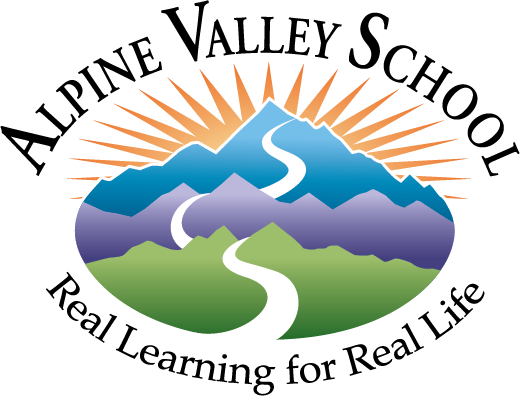Consider the Source
One of the aspects of Alpine Valley School I like best is the free interaction between people of all different ages. There are many evidence-based reasons that age-mixing is beneficial, but I'd like to mention one in particular that I witnessed recently.
Today, there was a group of students ranging from six to fourteen playing a competitive ball game the actual mechanics of which were not clear to me. It seemed to involve throwing a dodgeball back and forth between opposing teams in a kind of complicated keep-away. At one point, a team had successfully captured the ball and were declared the clear winners. One of the younger students broke down in disappointed tears and walked away to a corner of the room. I was just about to head over and talk with him, when I noticed that another student beat me to it. This young man, a twelve year-old, bent down beside the crying six year-old and asked him why he was upset. They discussed the game and the younger student’s disappointment for a few minutes, speaking quietly and sitting side-by-side in the corner. I stepped away to let them have some privacy, but noticed a few minutes later when they both re-entered the game, smiling, and seemingly at peace.
I’ve witnessed many times over the years that, when emotions are running high, the counsel of a slightly older student is often much more profound than the words of the adult staff member, no matter how well-spoken or well-intentioned. A ten year-old can relate much more easily to a six year-old than a thirty year-old, and that ease of communication shows up in all aspects of our school. When a student is called before Judicial Committee to speak about an alleged violation of the school’s rules, they face a group mainly comprised of their peers. That knowledge carries weight.
I’ve seen arguments between two seven year-old students mediated by a thirteen year-old to the satisfaction of all involved and without a single moment of adult intervention. I’ve seen children of all ages gathered around a table playing games and drawing together, each learning important lessons. The younger students learn how to be part of our school community by watching the older students, and the older students learn that they are being observed and emulated, and to act accordingly. Intergenerational friendships are developed and treasured by all participants.

